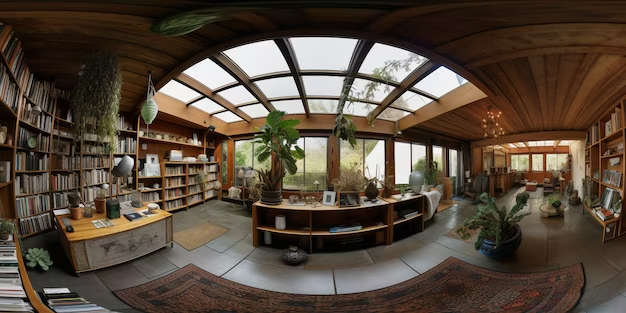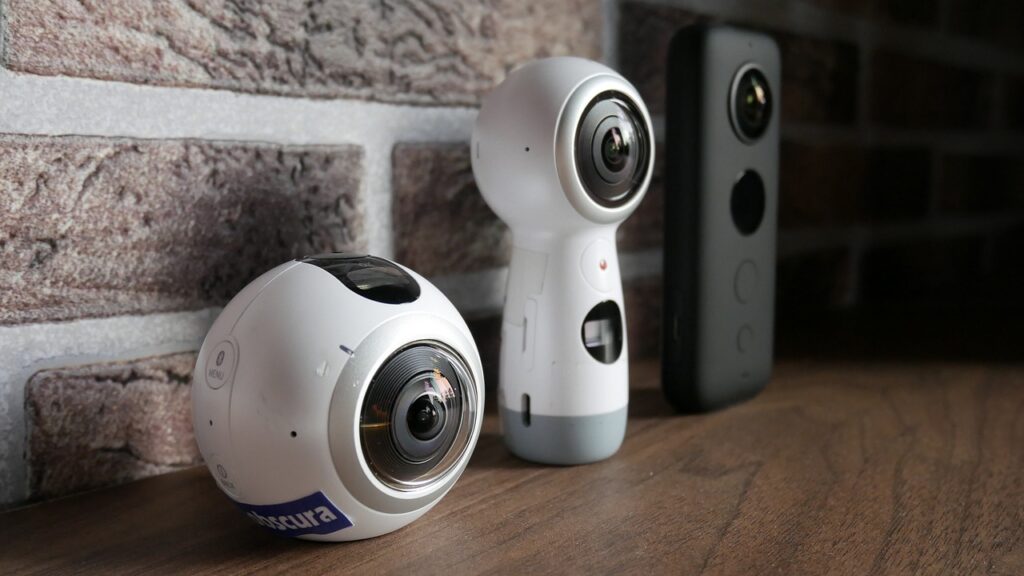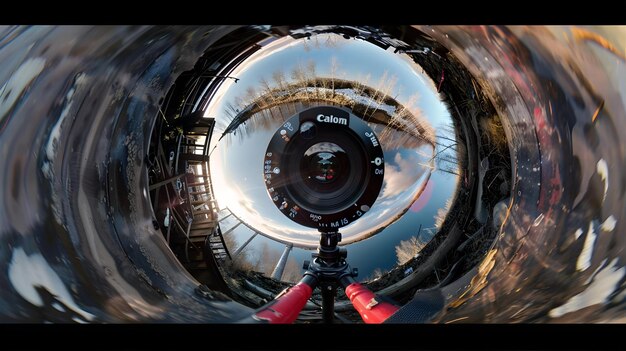The three-D enterprise is constantly evolving,like Houdini Camera Cull 360 with new tools and software programs making the system of creating visual results quicker, more green, and more specific than ever before. One of the modern improvements is the Houdini Camera 360, a characteristic that has emerged as a crucial tool for artists and creators. This article delves into the functionality, benefits, and general effects of the Houdini Camera Cull 360 on 3-D workflows.
What is the Houdini Camera Cull 360?
It is a device within the Houdini software suite designed to optimise the three-D rendering method. Houdini, a famous software program in international visual effects and 3-D animation, is already renowned for its procedural content creation method. The Camera Cull 360 feature takes it a step further by permitting artists to lessen the rendering load of three-D scenes, focusing only on elements seen inside the digital camera’s view while brushing off pointless geometry. This technique saves time and ensures that hardware assets are used extra efficiently.
How Does Houdini Camera Cull 360 Work?
The Houdini Camera Cull 360 characteristic works by separating the geometry to appear within the final render and “culling” or reducing elements that fall outside the camera’s area of vision. This approach is helpful for artists working on complicated scenes with many objects, as it lessens the processing electricity needed to render the final output.
The camera culling method occurs in real time because the artist navigates across the scene.
This makes it less complicated to regulate settings and preview how the last scene will look without the performance drag of hidden elements. The Houdini Camera 360 is particularly useful when running with massive environments, which include cityscapes or designated natural landscapes.
Key Features of Houdini Camera Cull 360
Real-Time Culling
One of the most important features of the Houdini Camera 360 is its capacity to eliminate unnecessary geometry in real-time. This guarantees that the artist’s hardware isn’t always overburdened with information that might not make it to the last shot.
Optimised Rendering
By eliminating factors outside the digital camera’s view, Houdini Camera 360 hastens the rendering process dramatically. This is specifically beneficial for flats working on tight closing dates because it allows them to allocate resources to areas of the scene that count the most.
Enhanced Scene Navigation
Thanks to Houdini Camera 360, artists can move more fluidly through the scene. By culling out-of-view gadgets, this device makes large, complex scenes less difficult to navigate and adjust without the lag that generally comes with heavy datasets.
Customizable Culling Settings
The device allows artists to personalise how culling is implemented. This degree of manipulation is especially beneficial in special eventualities, such as indoor versus exterior scenes, where visibility and complexity differ.

Benefits of Using Houdini Camera Cull 360
Faster Workflow
The apparent benefit of using Houdini Camera 360 is the enormous improvement to the overall workflow. Artists can concentrate on developing and refining the visible components of the scene without worrying about needless information slowing them down.
Resource Efficiency
Hardware assets like GPU and CPU strength are critical in any 3-D task. Houdini Camera 360 ensures these assets are used correctly, reducing useless rendering and rushing up both the preview and very last render times.
Improved Performance for Large-Scale Projects
Operating on huge scenes with many belongings can regularly make overall performance difficult. The Houdini Camera 360 function reduces the strain on the system, allowing for smoother scene navigation and faster new releases.
Reduced Render Times
With fewer elements in the final render, the time needed to produce a project is extensively reduced. This makes it an ideal solution for high-stakes initiatives where time is an issue.
Realistic Previews
Houdini Camera 360 offers an extra-correct preview of the last scene by focusing most effectively on what the digicam sees. This facilitates creators’ making higher, more knowledgeable choices at some point in the design process.
Common Applications of Houdini Camera Cull 360
Film and Television
Houdini Camera 360 is substantially used in the film and television industry, where complex visual outcomes need to be rendered within a constrained time frame. The tool’s potential to optimise rendering guarantees that tasks stay on schedule without sacrificing quality.
Game Development
Performance is fundamental in recreation development. Game environments often incorporate many elements, and Houdini Camera 360 streamlines the system by eliminating assets that aren’t needed in actual rendering.
Virtual Reality (VR)
For VR programs, wherein a 360-recognition view is habitually required, Houdini Camera Separate 360 considers continuous winnowing essentially founded on the watcher’s point, guaranteeing smooth execution without compromising the vivid revel.
Architectural Visualisation
Architects and designers regularly use Houdini to visualise complicated homes and landscapes. The Houdini Camera 360 characteristic allows them to recognize key design factors while minimising aid usage throughout renders.
How Houdini Camera Cull 360 Compares to Other Tools
While other 3D software applications provide various forms of digital camera culling, Houdini Camera 360 stands proud due to its real-time processing and deep integration with Houdini’s procedural framework. This makes it an incredibly versatile and powerful tool for artists and studios seeking to improve their workflows.

Conclusion: Why Houdini Camera Cull 360 is Essential for 3-D Artists
In 3D visual effects, time and resource management are everything. Houdini Camera 360 provides artists an essential device for streamlining their workflow, improving overall performance, and lowering render times. Optimising the scene primarily based on camera visibility, this feature guarantees that initiatives no longer most effectively look exquisite but also meet tight cut-off dates. Whether you’re working on movies, video games, or architectural renders, the Houdini Camera Cull 360 is an essential addition to your toolkit.
FAQs
What is the primary function of Houdini Camera Cull 360?
Houdini Camera 360 is designed to optimise 3D rendering by using culling elements outside the digicam’s view, enhancing overall performance.
Can I personalise the culling settings in Houdini Camera Cull 360?
Yes, artists can completely customise how and when elements are culled based on the scene’s needs.
How does Houdini Camera Cull 360 help decrease render instances?
By casting off unnecessary geometry that might not appear in the very last render, Houdini Camera 360 reduces the records that need to be processed, leading to quicker render instances.
Is Houdini Camera Cull 360 suitable for huge-scale projects?
Absolutely. It is ideal for large scenes with lots of belongings because it optimises resource utilisation and reduces processing time.
What industries gain the maximum from Houdini Camera Cull 360?
The film, recreation development, VR, and architectural visualisation industries all have significant advantages from the performance and optimization presented by using Houdini Camera Cull 360.

